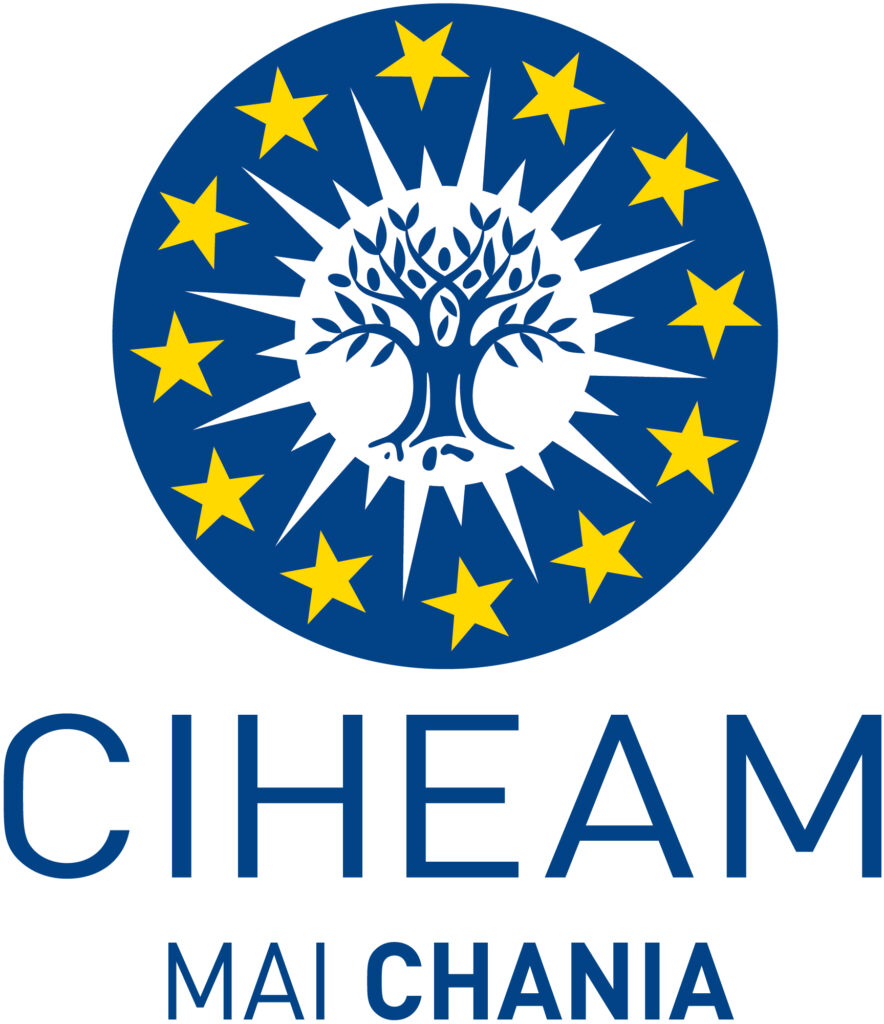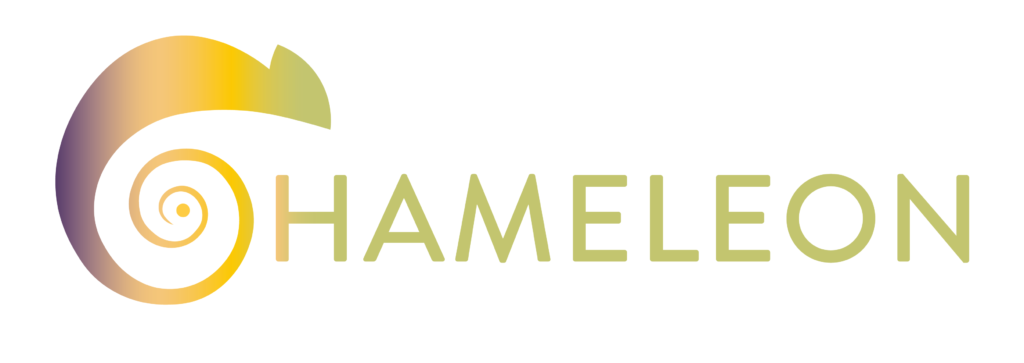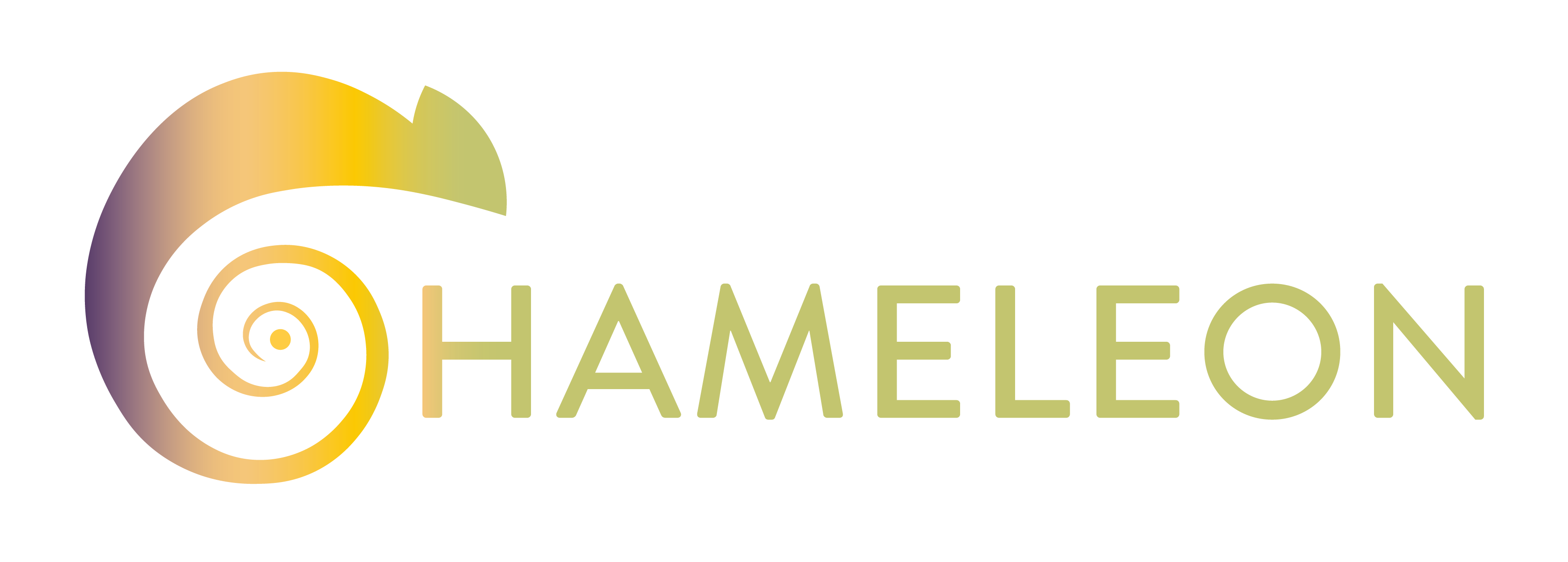Interviews: ARAMPATZIS, George (MAICh)



Prof. ARAMPATZIS, George
Associate Professor, Technical University of Crete / Visitor Professor at Mediterranean Agronomic Institute of Chania (MAICh)

What is your role in CHAMELEON?
MAICh, as the Greek Pilot Leader in the CHAMELEON project, plays a pivotal role in identifying key barriers and risks that may hinder the acceptance of the CHAMELEON solution in rural communities. Our primary responsibility includes leading the communication and implementation of the CHAMELEON prototype in the Greek Pilot case. This involves engaging closely with local livestock owners to acquire effective feedback, which is crucial for understanding the usability, tailoring, and compliance gaps in current systems. Additionally, we are actively involved in the development of Work Package 2 (WP2), focusing on Task 2.1 – Stakeholders’ use cases, requirements, and workshop. These efforts are integral to the project as they aim to gather insights from a broad range of stakeholders through workshops and an online survey. The outcomes of these activities are expected to yield a set of prioritized key factors for the acceptance of cyclic rural economy solutions, thereby contributing significantly to the broader rural European ecosystem. Overall, our role ensures that the findings and developments within the CHAMELEON project not only reach the appropriate audiences but also contribute meaningfully to enhancing decision-making processes and fostering sustainable development in livestock monitoring. Our goal is to chart a path for how the CHAMELEON solution can be seamlessly integrated and accepted by the rural sector.

How does your expertise contribute to the overarching goals of the CHAMELEON project?
Our profound expertis, as MAICh in similar projects greatly contributes to the overarching objectives of the CHAMELEON project. By capitalizing on our previous involvement in related undertakings, we bring a plethora of knowledge and validated strategies to the forefront. This expertise holds considerable value in effectively navigating the intricacies of implementing innovative solutions such as CHAMELEON in rural settings. Furthermore, our robust relationships with local herd owners are of paramount significance. These connections afford us profound insights into the specific needs and challenges faced by the community, guaranteeing that the CHAMELEON project closely aligns with the actual requirements of end-users. This consolidation of experience and localized engagement is pivotal to the successful implementation and impact of the CHAMELEON project in innovating and enhancing sustainable livestock management and rural development.

What are the main advantages CHAMELEON will bring to European citizens?
CHAMELEON is set to bring transformative benefits to European citizens by addressing critical challenges in both livestock management and forestry. In livestock management, the project focuses on cattle and sheep, employing innovative solutions to monitor health, enabling early illness detection and livestock management. This approach not only ensures animal welfare but also boosts productivity by preventing major health issues. Additionally, image recognition algorithms are used for locating lost animals, enhancing herd management and safety for enhancing herd owners’ everyday life. In forestry management, CHAMELEON introduces intelligent decision-making tools aimed at optimizing forest maintenance. The project also enhances fire management strategies by establishing strategic firebreaks and early fire detection, protecting forests and adjacent communities. Also, CHAMELEON assists forest entities and owners in gathering vital data about forest stands, crucial for sustainable forestry development. This comprehensive approach in both sectors is pivotal for making informed decisions, promoting environmental sustainability, and enhancing the livelihoods of European citizens.

In the context of rural adaptation, how has CHAMELEON been designed to cater to those unfamiliar with technological advancements?
CHAMELEON has been meticulously designed to cater to individuals who may be unfamiliar with technological advancements. Recognizing the diversity in technological literacy in rural areas, the project emphasizes user-friendliness and intuitive interfaces. This approach ensures that the innovative technologies employed, , are accessible and easy to use for all, regardless of their prior experience with technology. To bridge the technology gap, CHAMELEON aims to organise, through the Pilot Leaders, comprehensive training and support meetings tailored to the end-users. Simplified instructions, hands-on demonstrations, and ongoing support are part of the project’s commitment to making its innovative solutions inclusive and beneficial for all rural stakeholders. More importantly, by involving local stakeholders in the development process, CHAMELEON ensures that the suggested technology is not only novel but also relevant and adaptable to the real-world challenges faced by local herd owners. This participatory approach helps in building trust and acceptance among users who might initially be hesitant about adopting new technologies.

What feedback mechanisms are in place for rural inhabitants to voice their concerns or suggestions about CHAMELEON?
CHAMELEON integrates several feedback mechanisms tailored for rural inhabitants to voice their concerns and suggestions. Regularly held community workshops and meetings provide a direct means for interaction, where users can share their experiences and offer input in a collaborative setting. Additionally, the project utilizes tailored surveys and questionnaires to gather structured feedback, ensuring rural inhabitants’ views on technology usability and effectiveness are systematically captured. In pilot areas, specific feedback loops capture real-time responses from users directly interacting with CHAMELEON technologies, aiding in fine-tuning the solutions based on actual experiences. Moreover, the project involves local herd owners who understand the community’s specific needs and preferences. These individuals play a crucial role in gathering and communicating feedback from rural inhabitants to the project team, ensuring that their voices are an integral part of shaping and improving the CHAMELEON project.




